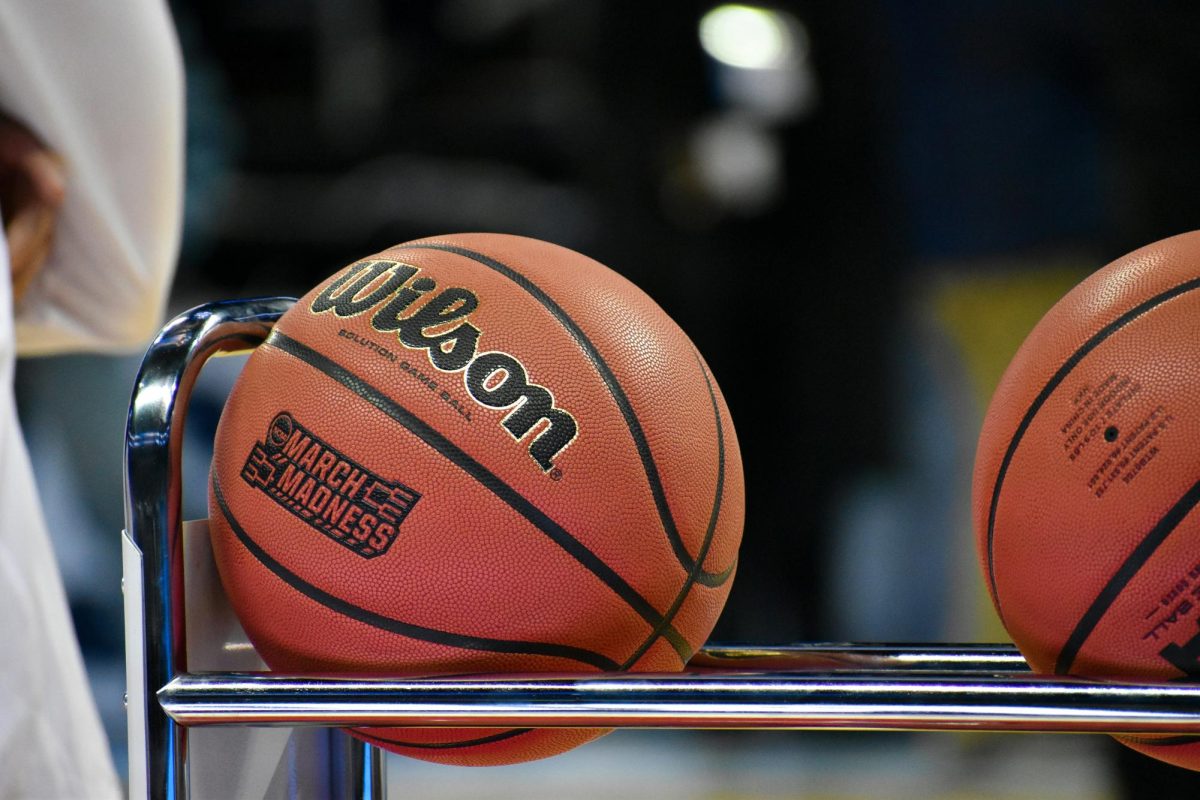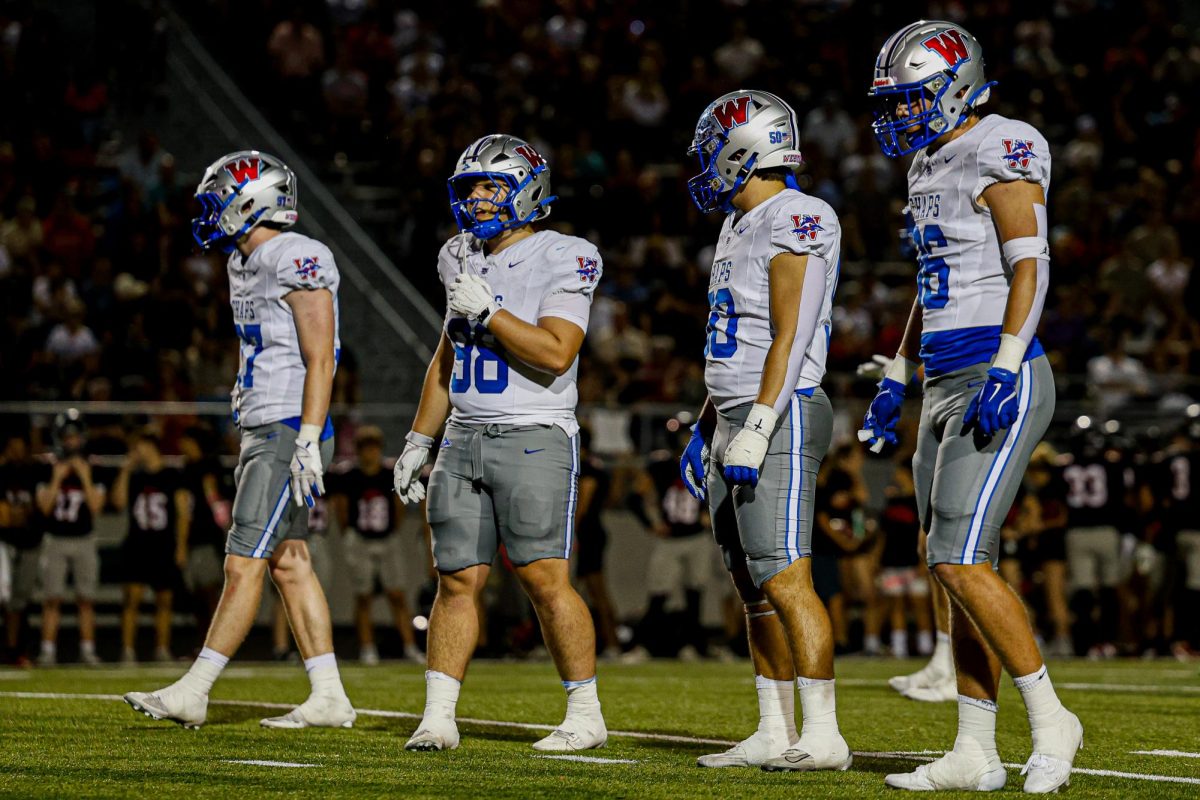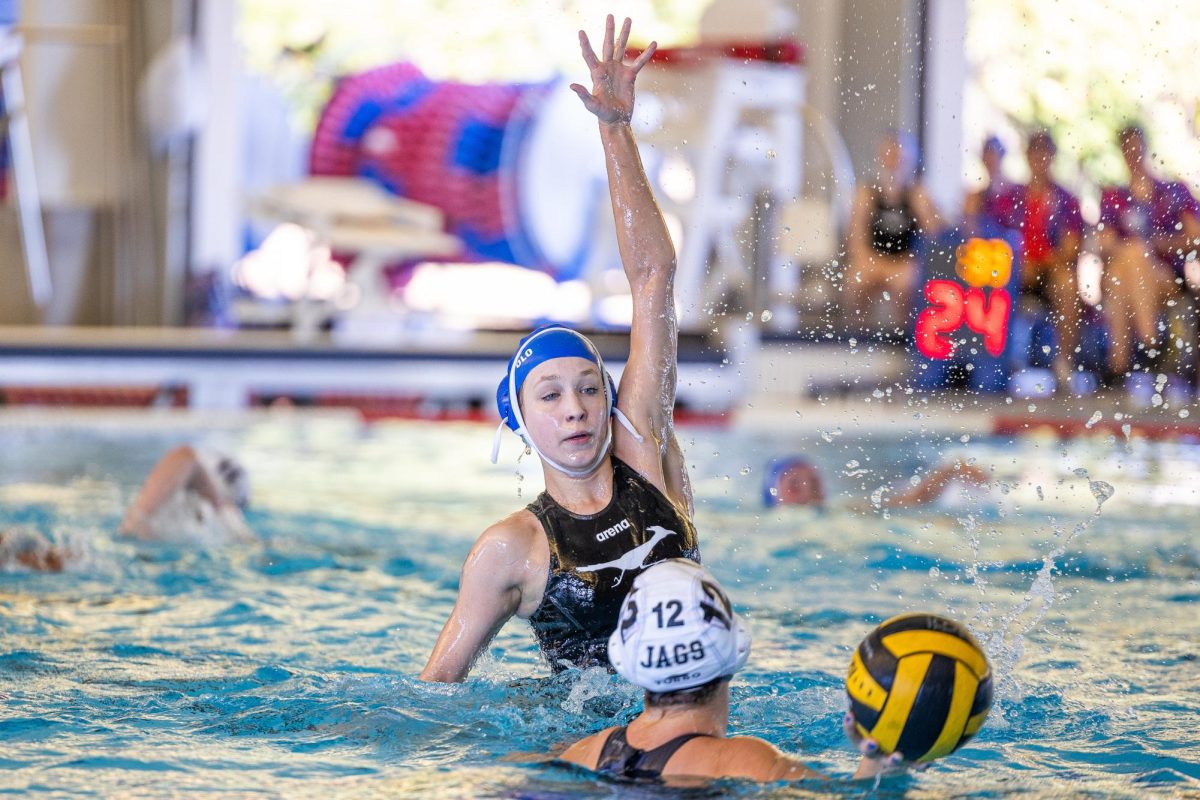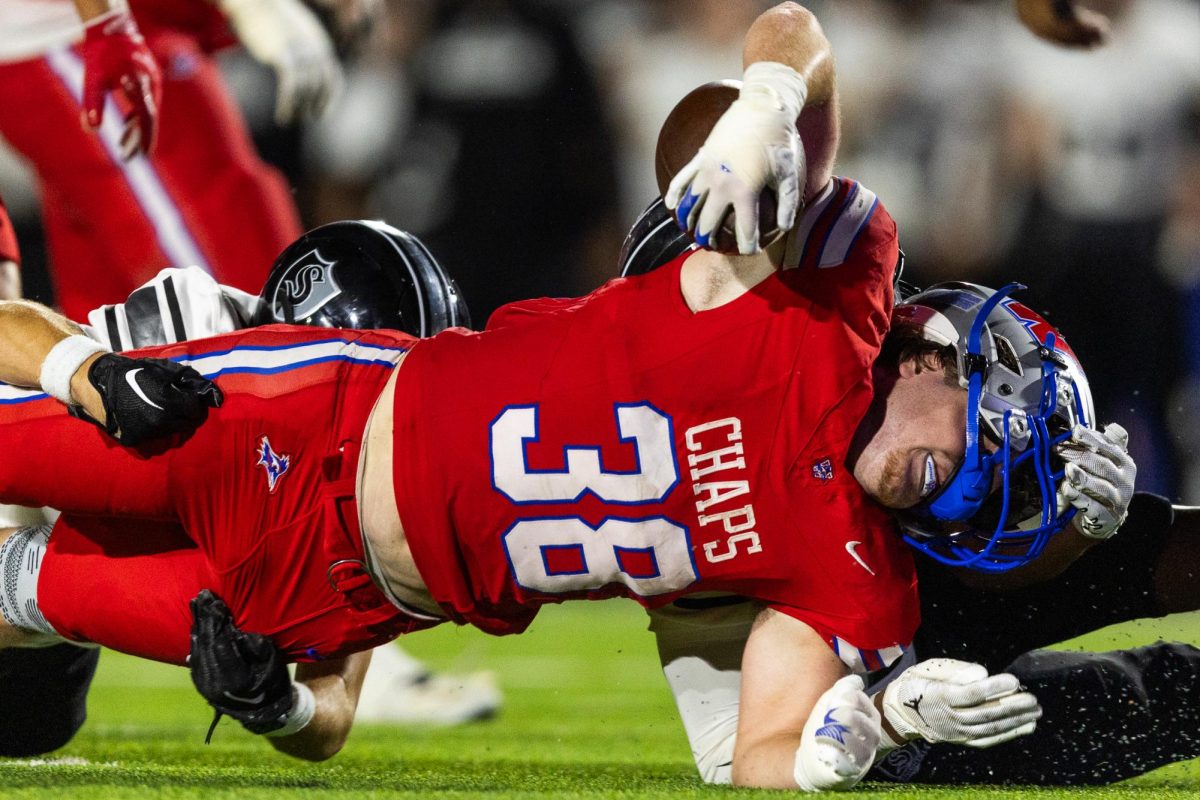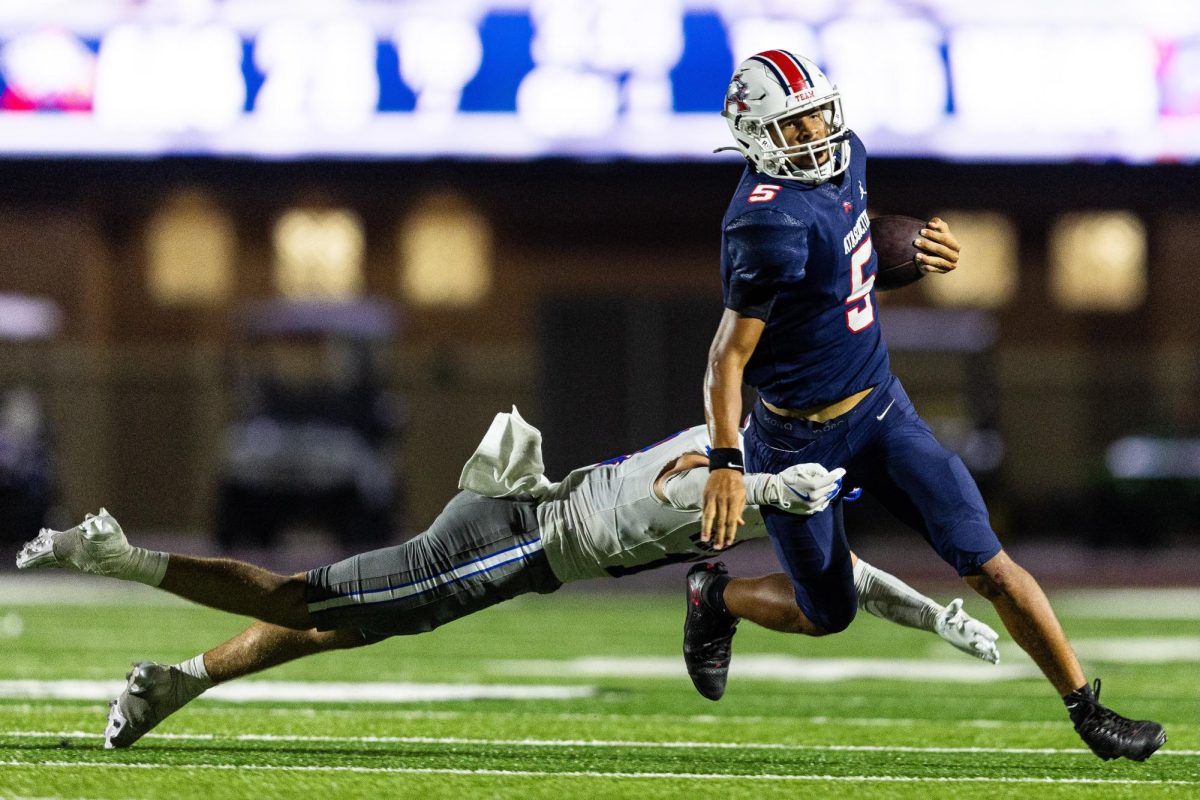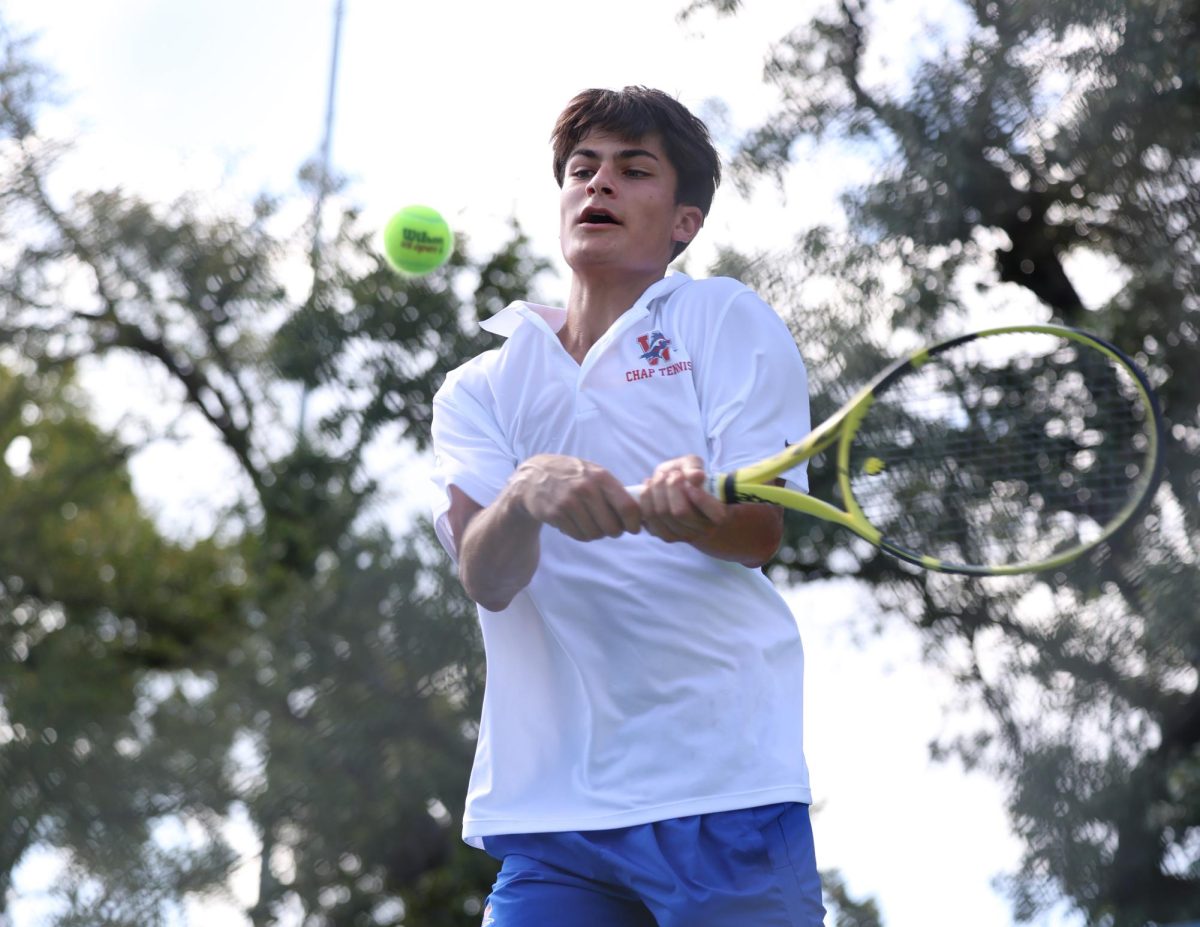Each year on Selection Sunday millions of college basketball fans wait eagerly to hear their team’s name called and see their possible route to a national championship. It sets the stage for March Madness, a gauntlet of a tournament. The 64-team field makes it the most unpredictable in all of sports, and provides any American a chance to make history with a perfect bracket.
Making a perfect March Madness bracket is much more difficult than it sounds. It has never been done before, and ESPN offers 1 million dollars each year to anyone who can perform the improbable feat. With four regions of 16 teams each, the tournament’s unique structure makes it entertaining for the entire month, but it also makes it nearly impossible to predict each game correctly.
What Makes a Contender
When the selection committee analyzes each team’s résumé, they look at their records in each quadrant, one through four. A quad one game constitutes a home game against a top 30 team in the net rankings, a neutral site game against a top 50 net team, and an away game against a top 75 net team. The next three quadrants proceed with these same increments.
A true contender is typically battle-tested, meaning they have over four quad one wins. The best teams in March are elite both on offense and defense. A team needs to be able to shoot behind the arc at a good percentage, but if they rely on the three ball too much, they can often shoot themselves out of games in the big dance.
A “cinderella” team is typically elite on one end of the court, and they also usually play at an extreme tempo, either very fast or very slow. When a high seed meets up against one of these teams, they can easily get thrown off of their game and get upset. For example, San Diego State played at one of the slowest tempos of any team in the field last year. As a mid-major, they faced off against many fast paced teams, such as a one-seeded Alabama team. Their pace of play allowed them to throw these teams off, and resulted in a magical run to the championship game.
Turnover ratio and offensive efficiency is perhaps the most important stat of all, however. Teams who can wreak havoc on the defensive end, but also take care of the ball on offense, are often very successful. 2021 Baylor and 2019 Virginia are perfect examples of this as they both had elite turnover ratios, and they each won a championship.
Contenders that fit the bill
The Auburn Tigers are one of the most balanced teams in the country. They are the only team to rank top 10 in both offensive and defensive efficiency, and they boast high-end draft talent in Aden Holloway and Johni Broome.
The Tigers enter March Madness on a six game winning streak that includes an SEC tournament championship which marked their first since 2017. Auburn is egregiously underseeded as well, as they are ranked fourth in KenPom rankings, fifth in NET rankings, and even seventh in the final AP poll, which means that they deserve much better than a four seed. A 10-0 quad two record and no losses that aren’t quad one should make them very battle-tested. The Tigers have a relatively easy draw, though a Sweet 16 matchup against UConn would be a slugfest.
The UConn Huskies are scorching hot entering March Madness. They have followed up a National Championship run with a 31-3 season and the overall number one seed. They are very proven, with an astounding 13 quad one wins, seven of which being ranked wins. They were both the regular season and tournament champions of the Big East, and they will be an extremely tough out for anyone.
They have abundant draft talent, and even an AP All-American on their roster. Tristen Newton and Donovan Clingan are the head of the snake for the Huskies, but experienced and talented players like Cam Spencer and Alex Karaban space the floor and add valuable shooting. They are definitely the favorite heading into the tournament, but they face a tough road to the Final Four against many talented teams.
Cinderellas that fit the bill
McNeese State is one of the best Cinderella candidates as a 12 seed. They are led by TCU transfer Shahada Wells, who is averaging 17 points and 5 assists per game. Christian Shumate gives them an elite two-way force as well, as he is averaging 12 points and nearly 10 rebounds per game. They also hired ex-LSU coach Will Wade, who is enjoying a massively successful season after being fired due to NCAA recruiting violations.
The Cowboys boast the second-best turnover ratio in division-one, and currently own a 30-3 record heading into March Madness. They have three quad one and quad two wins over some big-name programs such as Michigan and VCU, and are ranked top-60 in NET evaluation rankings. A first-round matchup with the Gonzaga Bulldogs will be a challenge, but a second-round game against the winner of the Kansas Jayhawks vs. the Samford Bulldogs makes the Cowboys’ draw a favorable one.
New Mexico, led by Jaelen House, son of former NBA player Eddie House, will be a force to be reckoned with. Though the Lobos are an 11 seed, they are ranked 22 in NET, and have acquired five quad one wins. They have one of the best backcourts in the country, as House and Jamal Mashburn are both experienced two-way forces, and they combine for 30 points per game.
New Mexico is elite on offense, averaging 82.1 points per game, and they crash the glass very hard, with 13 offensive rebounds per game. They play Clemson in the first round, who enter the tournament on a four game losing streak. The Tigers have experienced some extreme offensive struggles, recently getting blown out by Boston College in their first game in the ACC tournament. A round-of-32 matchup against Baylor would be an offensive battle, and the Lobos could easily advance to the Sweet 16 and further.
The Samford Bulldogs have an increasingly likely chance to make a run. They play at an unbelievably fast pace, and press hard on the defensive end. They shoot a lot of threes, but they make them at a very high level. A first round matchup against a very beaten up and injured Kansas team should be competitive at the least.

